On the other hand, creative investment is largely a "one and done" at the beginning of a campaign with little budget to make improvements and changes throughout. This is partially due to a perception issue. Brands give too much credit to targeting and not nearly enough credit to creative. Now, there's a chance to bring creative to the forefront and invest more.
As brands are at a turning point with audience targeting — building out their first-party data and ID-based targeting strategies to counteract the death of third-party cookies. They're open to new approaches, and creativity is flourishing. There are new formats across CTV, mobile, and social, with more interactivity, more personalization and better design. With more focus on the new creative — increasing variety, unique formats, and tailored experiences — brands can create much higher performing campaigns.
Think Outside the Rectangle
The good news is every screen is now a canvas for experimentation. Creative is truly entering a golden age. Advertisers can create in-content ad placements for CTV and video using AI technology. They can design fully interactive, shoppable creative on social media. They can surround someone with a 3-D experience with AR campaigns on mobile. Now is the time for brands to test it all and determine what works best for their audiences. There are even companies specializing in providing brands with creative data insights that can be used to pinpoint which creatives work on different platforms and why.
Brands can also take advantage of the many other ad formats at scale using the creative assets they already have. One of our telecom customers recently tested a branded takeover campaign. We repurposed their original creative assets, creating a new experience that engaged audiences at a rate significantly better than a standard IAB ad size.
Create Unique Ad Experiences for Different Audiences
The ability to try new formats is happening just in time. People's expectations for a unique and relevant ad experience have increased significantly — with 71 percent now preferring personalized ads, for example. While most advertisers are not about to develop individual advertising campaigns for every different audience segment, they can tailor experiences to key target groups.
Kargo has found this approach requires a robust testing phase, but it's worth the effort. There are a lot of different segments that brands are reaching with a given campaign, and what resonates might not be obvious until brands test campaigns in the wild. While a campaign might be targeted at groups like "suburban families," testing might reveal "tech enthusiasts" like one creative approach or that people with higher incomes react differently to a creative than other groups.
With this segment-specific knowledge, brands can lean into the audiences with the strongest performance and — knowing what campaign elements resonate the best — spend more wisely on custom creative where it will create the biggest lift.
Keep Creatives Fresh
Ad fatigue is real. How many times have you seen the same banner follow you around the web or the same commercial repeated on a CTV app? Brands spend major budgets on ad creative, but when it comes to making a great connection with their audience, many campaigns miss the mark — with too few creative iterations and too much repetition. One study found that 66 percent of consumers find creative assets to be too repetitive.
One opportunity for improvement is to embrace a much wider variety of creative formats and treatments. Broadening the variety of creative treatments can help brands use one campaign to reach specific audiences with more relevant messaging and to achieve a variety of KPIs.
Kargo found updating creatives every four to six weeks is a best practice for most ad campaigns. This requires active and ongoing creative refreshes. What works in the spring might not resonate by summer. Popular songs used in the background eventually become overplayed. Colors that once stood out become commonplace. Messages that sounded unique start to be ignored.
The death of the cookie has turned the spotlight towards ad creative. Brands are starting to wake up to the potential that good creative has on campaign performance. Just like the long-term investment and analytical approach that brands take to audience targeting before, during and after a campaign, creative will deliver the most bang for the buck if brands commit to investing, testing, and improving over time.

-1.png?height=100&name=image%20(4)-1.png)
